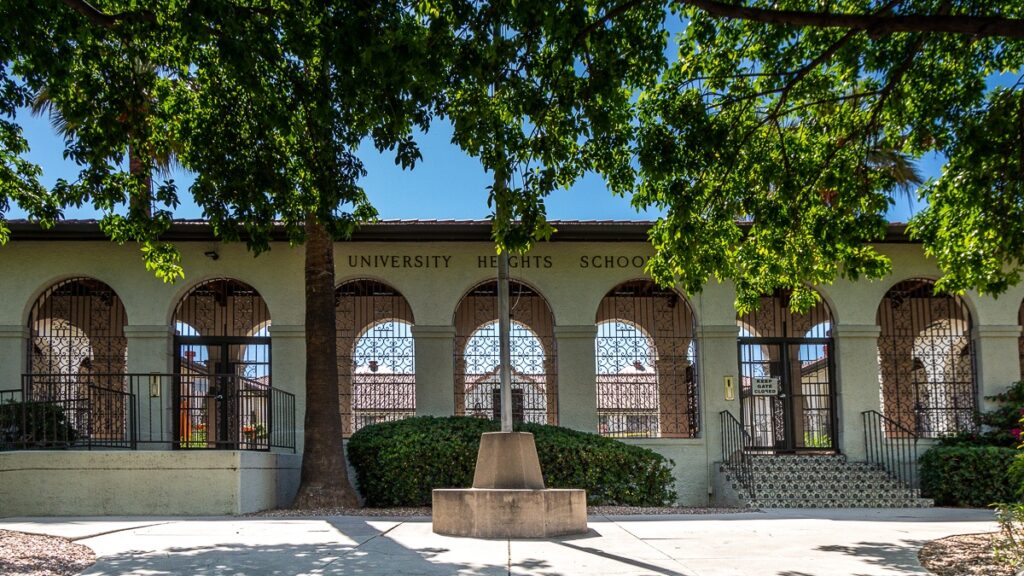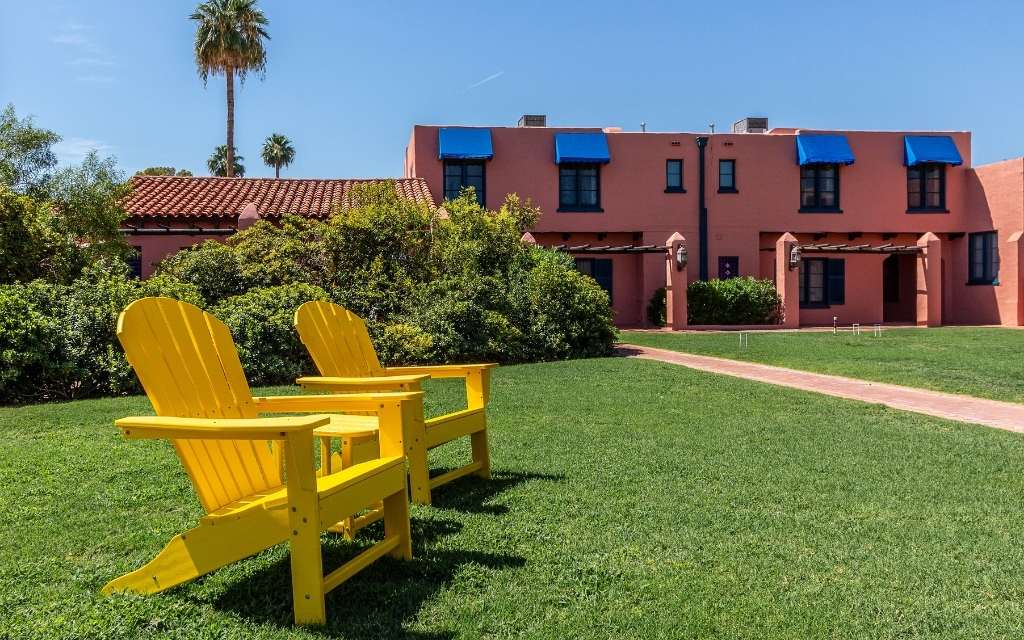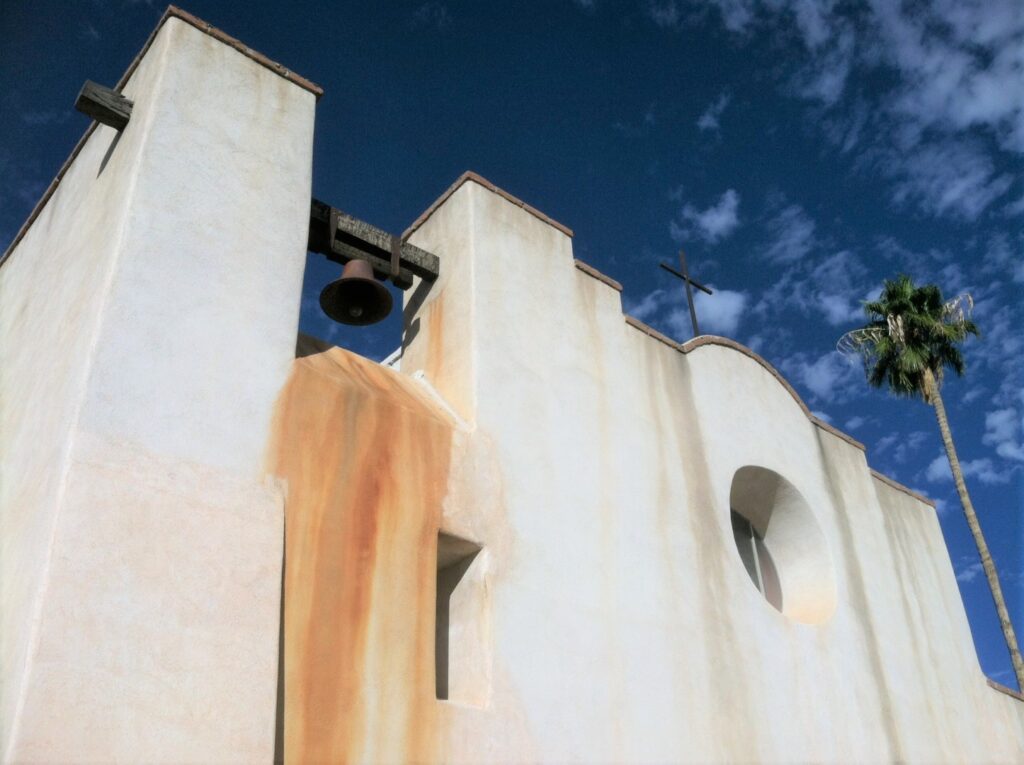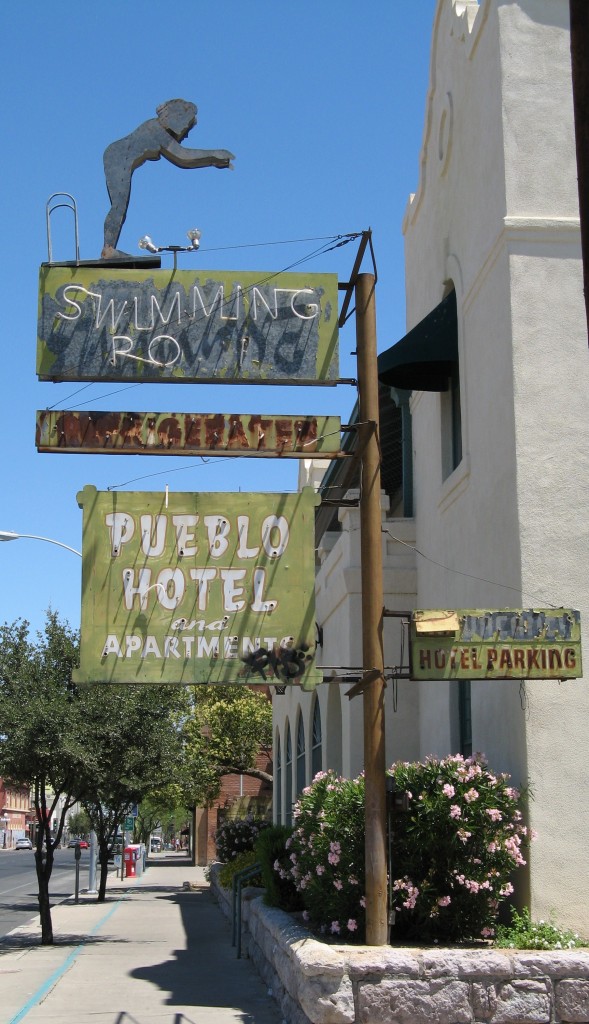Last Updated on May 26, 2020 by Kim Labriola
Henry Jaastad was an important local figure in the early 20th century for 2 main reasons. One, he was a prominent Tucson architect, designing about 500 buildings in Tucson and throughout Southern Arizona, literally shaping the appearance of area. Secondly, he became influential in local politics with a long career as a Tucson Mayor and as a member of the City Council. Even after his political retirement, Jaastad remained a prominent citizen for the rest of his long life.
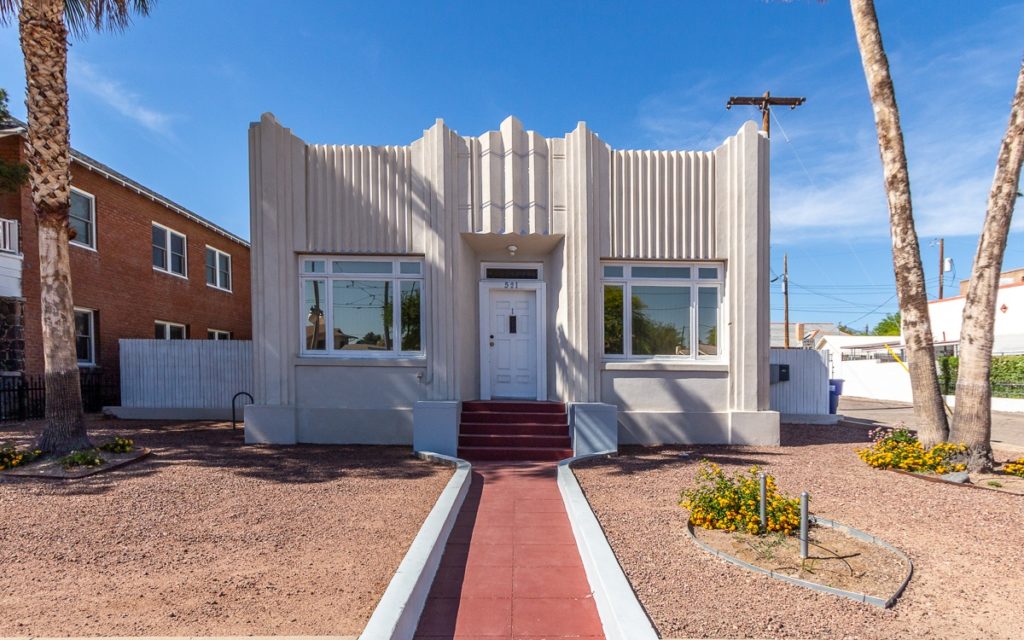
About Henry Jaastad
Early Life
Henrik ‘Henry’ Olsen Jaastad was born in 1872 in Norway. He was the oldest of 7 children. Henry and his family emigrated to the United States when he was 13 years old, eventually settling in Deerfield, Wisconsin. He worked on a farm while his younger siblings went to school. After 3 years of farm work, he went to school where he learned to speak English. He spent several years working in a furniture factory and was eventually promoted to foreman in the cabinet department.
Coming to Tucson
Henry relocated to Tucson in 1902, following his sweetheart, Millie Wick, who suffered from tuberculosis and had moved to Tucson for health reasons. After his arrival, he found work in Tucson as a journeyman carpenter working on the Willard Hotel, Owl’s Club, and the Desert Botanical laboratories. He also started his own contractor business in 1903. During this time, he designed and built small homes in Armory Park, North Speedway, and West University neighborhoods. Sadly, his wife Millie died in June 1907.
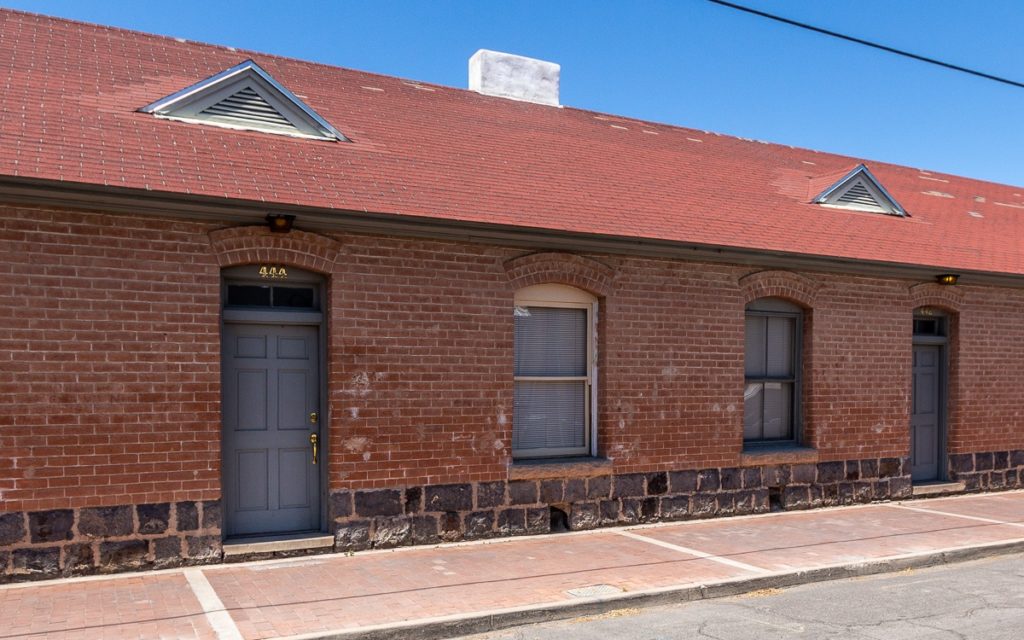
Interested in buying or selling a home in Tucson? Contact us to go over your needs. 520-975-8956 or Hello@RealTucson.com
Becoming an architect
After finishing correspondence courses in architecture, Henry Jaastad opened his architect office in late 1907. He also completed electrical engineering courses at the University of Arizona.
Jaastad started his career working on mostly small residential projects, but eventually expanded to larger projects including churches and schools. The prominent building styles over his 50-year architectural career changed and his design aesthetic changed as well. Going from minimalist and utilitarian work to Spanish Colonial Revival, Mission Revival, and other revival styles that gained popularity.
A few of the 500 buildings designed by Henry O. Jaastad:
- Grace Evangelical Lutheran Church at 830 N 1st Ave. Tucson
- Dunbar Elementary and John Spring Junior High Schools at 325 W 2nd St. Tucson
- Reilly Pizza at 101 E Pennington St. Tucson
- University Heights School at 1201 N Park Ave. Tucson
- Saint Augustine Cathedral remodel (1929) at 192 S Stone Ave. Tucson
- Many homes in West University and Armory Park neighborhoods
Jaastad worked with a long list of influential, well-known local clients such as Mose Drachman, Preston Jacobus, J. Ivancovich, and George Kitt.
Jaastad employed architect Annie Graham Rockfellow as lead designer from 1916 until her retirement in 1938. During those 22 years, Rockfellow produced several highly regarded projects for Jaastad including El Conquistador Hotel (demolished), Safford School in Armory Park, Desert Sanitorium (Tucson Medical Center), and the YWCA building.
Jaastad also employed other notable Tucson architects including Prentice Duell, E.D. “Ed” Herreras, and D. Burr DuBois. Toward the end of his career in 1953, Jaastad partnered with Fred Knipe to form the architecture firm Jaastad & Knipe.
“Architecture was supposed to be decorative… beautiful, rich, living.”
– Henry Jaastad, quoted at the age of 90
Interested in buying or selling a home in Tucson? Contact us to go over your needs. 520-975-8956 or Hello@RealTucson.com
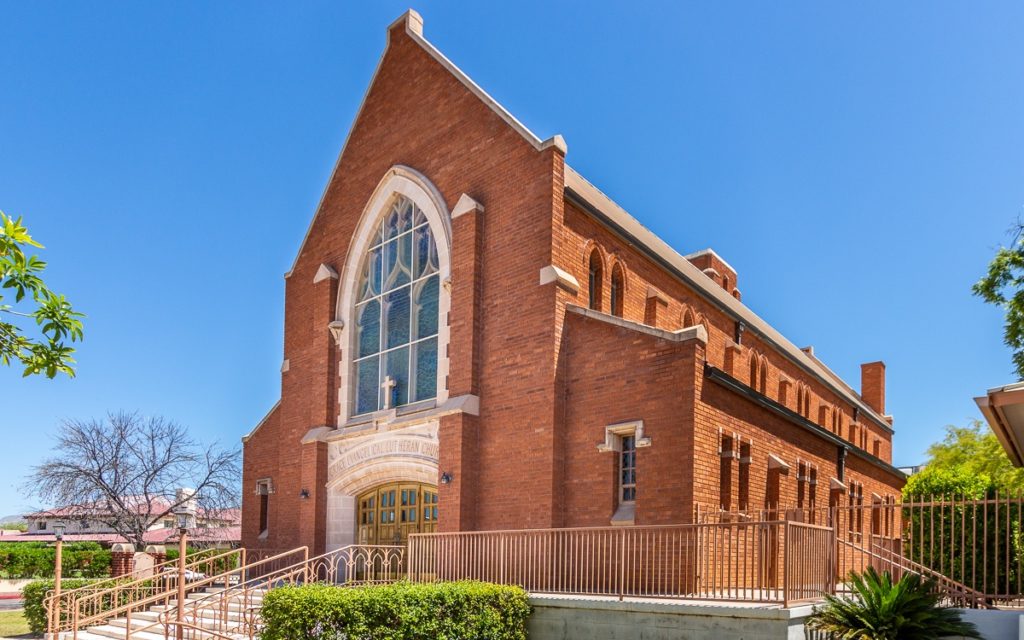
Personal life
In 1912, Jaastad wed Theolina Nelson. Theolina emigrated from Sweden at the age of 19. The pair raised 2 foster sons, Nicolai Erdahl and Eric Karlsson.
Jaastad became active in several local associations and civic groups such as, YMCA, American Institute of Architects, American Association of Engineers, and the Archaeological Society of Arizona.
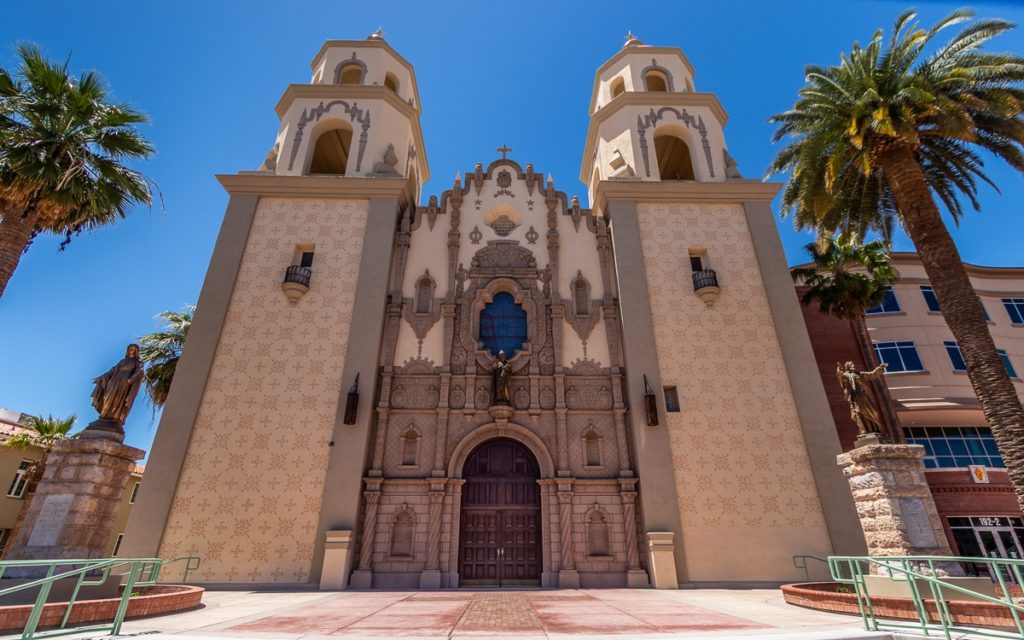
Henry Jaastad’s political career
In 1924 Jaastad started his political career after being elected to the city council. He successfully ran for mayor in 1933, a job he kept for 14 years. His mayoral term started in the middle of the Great Depression. During these years, the population of Tucson doubled, and the mileage of paved streets was tripled. He has been given credit for helping establish a more adequate city water system, establishing Davis-Monthan Air Force Base, and establishing the Tucson Municipal Airport, as well as construction of Himmel Park.
While serving as mayor, he insisted on driving his own vehicle and refused to turn in an expense account. About a year after his final year as mayor, his wife Theolina died, she was 73.

Later years
Henry Jaastad spent his later years taking trips to Norway and other parts of Europe. He enjoyed visiting cathedrals from Scandinavia to Italy. Jaastad married Juliet Sexe in 1959. Juliet was a long-time friend of the family. They remained married until his death in 1965. Henry O. Jaastad lived to be 93 years old.
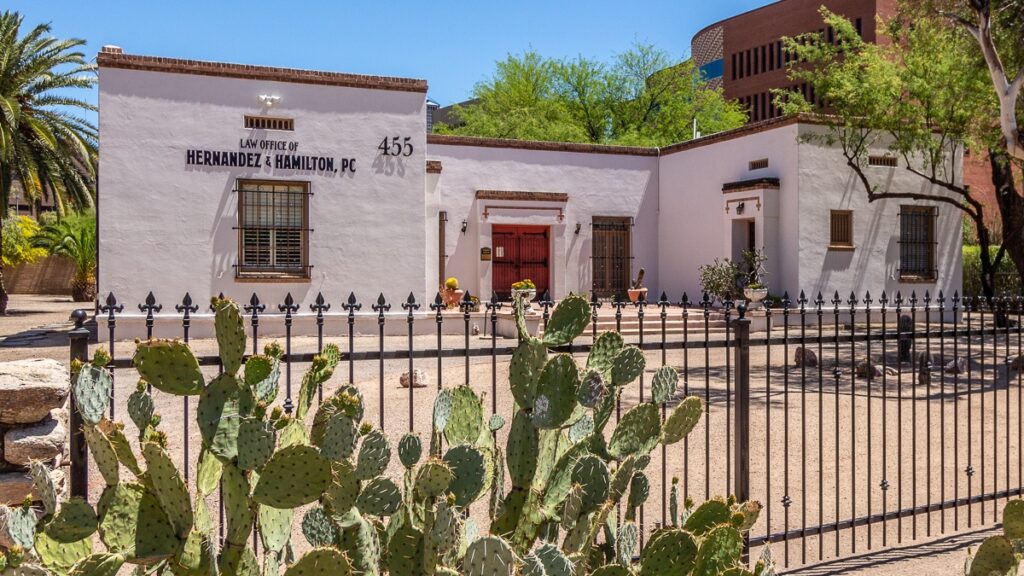
Interested in buying or selling a home in Tucson? Contact us to go over your needs. 520-975-8956 or Hello@RealTucson.com
Related Articles
Merritt Starkweather – Tucson Architect
Merritt Starkweather, FAIA was a well-known, prolific Tucson architect from the 1920s to the 1970s….
Joesler: Tucson’s most well-known architect
Joesler and the Murpheys Josias Joesler is arguably the most well-known Tucson architect. Originally from…
Faded Neon: The Pueblo Hotel in Tucson
A brief history of the Pueblo Hotel This classic 1950s neon sign advertising a hotel…

